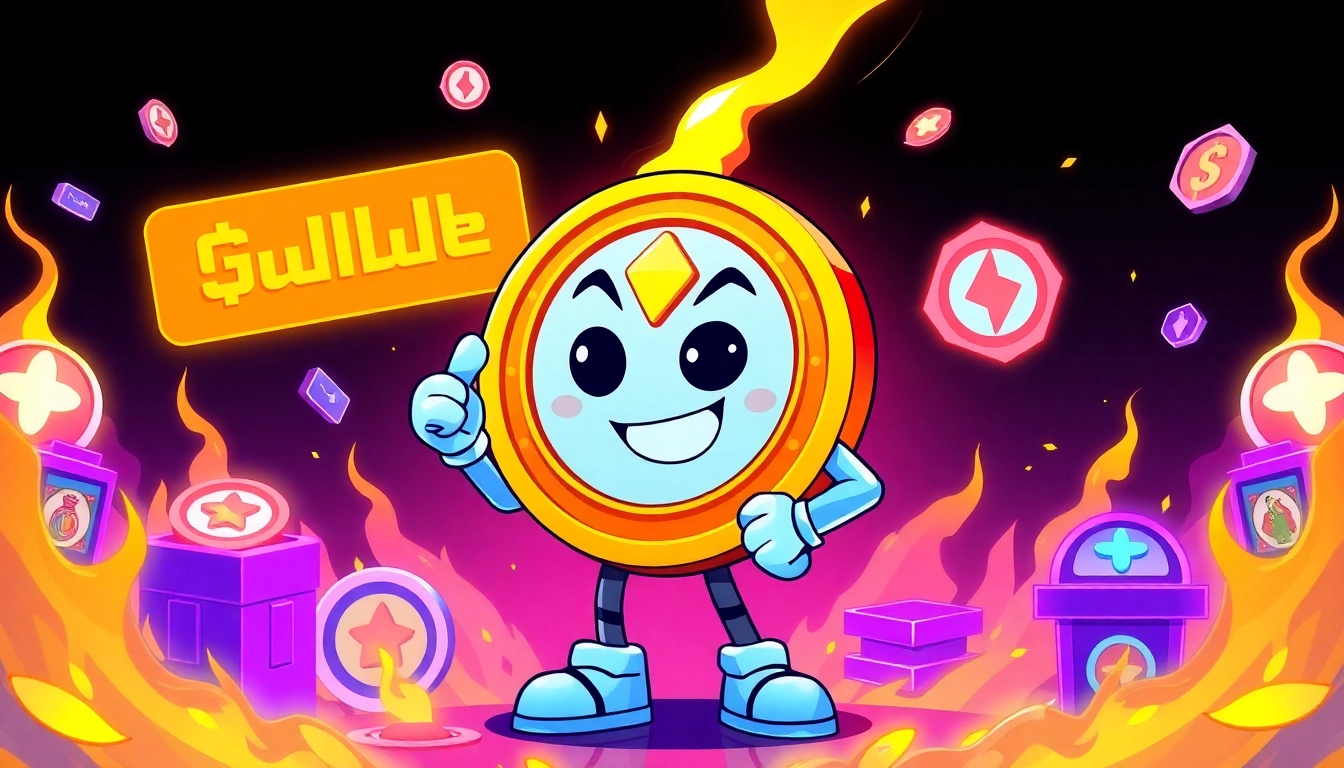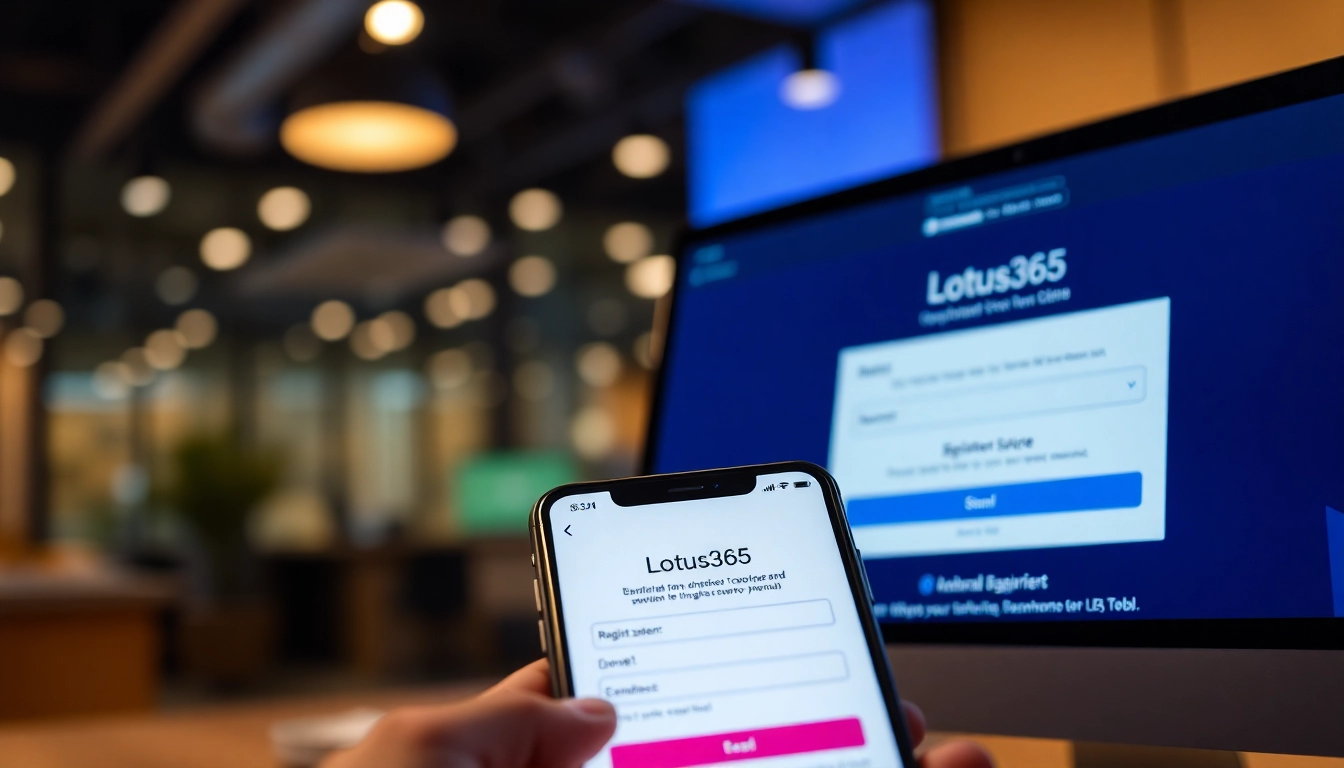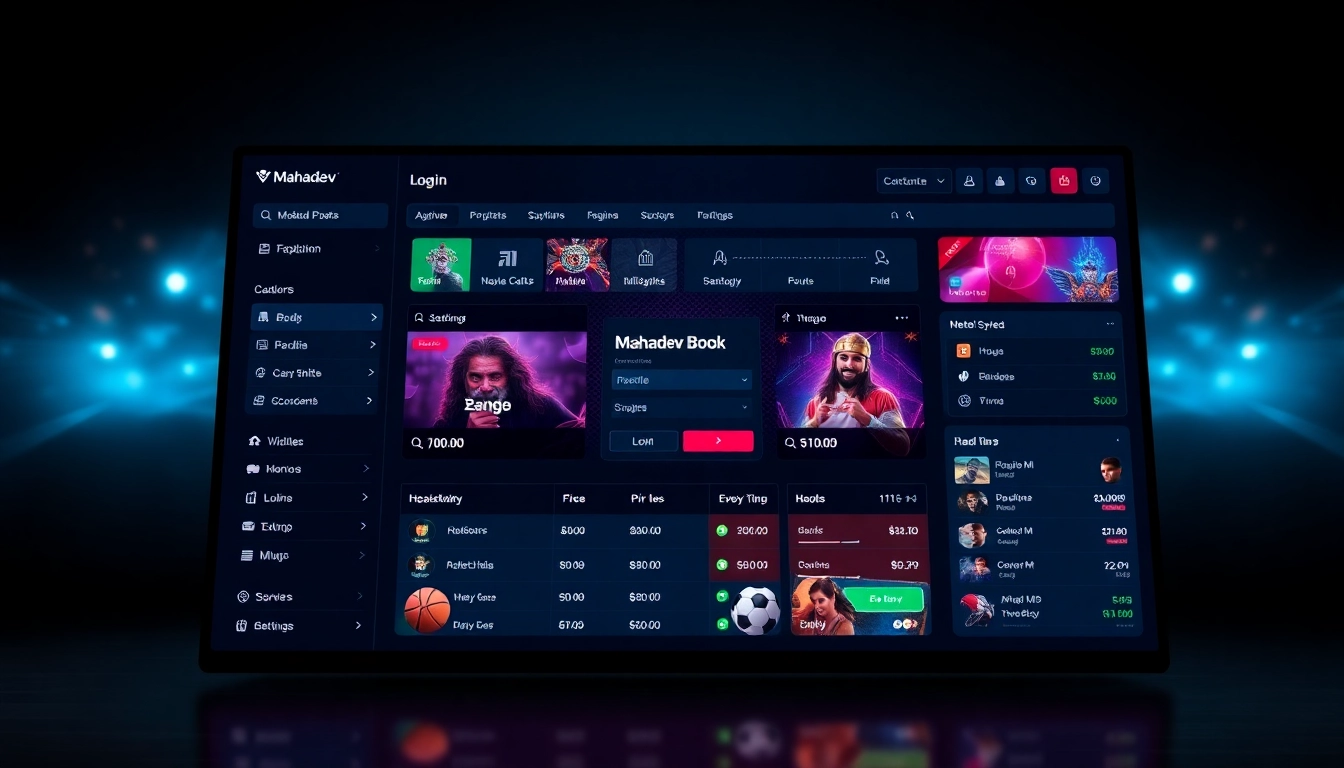Understanding the APORK Scarcity Model and Its Impact on Meme Coins
The emergence of meme coins has revolutionized the cryptocurrency landscape, blending pop culture with blockchain innovation. However, amid the volatility, the concept of scarcity remains a fundamental driver of value—particularly in models like the APORK Scarcity Model. This strategic design emphasizes limited token supply, heightened community engagement, and real-world utility, creating a compelling ecosystem where early adopters benefit immensely. To fully appreciate the power of scarcity in meme coins like APORK, it is vital to understand its core principles, how they are implemented, and the resultant market dynamics that fuel long-term growth.
The Core Principles of Scarcity in Crypto Assets
Scarcity in cryptocurrency—similar to its economic counterpart—drives demand by limiting supply, thereby increasing perceived value. Unlike traditional assets, crypto tokens can be engineered with predefined supply caps or dynamic burning mechanisms to reinforce scarcity. These strategies serve multiple purposes: preventing inflation, incentivizing holding, and fostering a sense of exclusivity among users. Properly executed, scarcity transforms a memecoin from a fleeting trend into a sustainable asset with intrinsic value.
One fundamental principle is the fixed supply, as seen in Bitcoin’s 21 million tokens, ensuring no further issuance. In meme coins like APORK, a deliberately limited supply is enforced through tokenomics, combined with mechanisms such as token burns and deflationary features, which reduce circulating supply over time. These features cultivate a scarcity illusion that attracts investors seeking long-term appreciation, especially when combined with community-driven growth and utility.
How APORK Implements Token Scarcity for Value Growth
APORK’s scarcity strategy centers on a total token supply of 1.9 billion tokens, coupled with a deflationary mechanism designed to create a natural scarcity over time. After each GambleFi payout, a proportion of $APORK tokens is intentionally burned, reducing overall supply. This deliberate destruction aligns with top-performing projects like Binance Coin (BNB) and Ethereum, which incorporate burn events to sustain price growth and deflate supply systematically.
Additionally, the tokenomics allocate a significant 20% to presale and 25% toward marketing, but only a fraction is released into circulation, with large portions locked in project treasury and liquidity pools. Such structured scarcity ensures a controlled supply expansion—preventing dilution and fostering confidence among holders. The combined effect of these measures creates a resilient scarcity model that sustains upward price trajectories and enhances earning potential for early investors.
Market Dynamics and Scarcity’s Role in Price Appreciation
The classic economic principle of scarcity states that when a resource becomes less available, its value increases—an observation that is vividly reflected in the crypto markets. For APORK, this manifests in increasing demand driven by limited supply, compelling early buyers to benefit from significant price appreciation as scarcity intensifies.
Furthermore, the integration of GambleFi mini-games amplifies scarcity’s impact, creating a dynamic on-chain environment where tokens are wagered, won, and burned in rapid cycles. This on-chain activity not only drives demand but also enforces a deflationary ethos, reducing circulating tokens and incentivizing long-term holding. Such market mechanisms echo the scarcity-driven price surges observed in real-world pork markets during shortages, where limited supply spiked prices—a principle that APORK leverages to generate exponential growth.
Leveraging Scarcity for Community Engagement and Earning Opportunities
CommunityFi Rewards and Active Community Building
At the heart of APORK’s scarcity model is the CommunityFi ecosystem, which rewards active participation and content creation. Users supporting the project through tweeting, memeing, and engaging on social media accumulate rewards in $APORK tokens, fostering a vibrant, engaged community. These activities increase demand and visibility, further tightening supply as tokens are earned and held within a dedicated community-driven environment.
Contexts like Bronze, Silver, Gold, and Platinum reward tiers incentivize ongoing activity, motivating holders to contribute continuously. As community participation scales, scarcity intensifies, triggering a virtuous cycle of demand, utility, and appreciation—core to long-term success.
Staking Strategies Aligned with Scarcity Principles
Staking $APORK tokens enhances scarcity by locking tokens for fixed durations, reducing circulating supply and encouraging holders to retain their assets. During presale, staking also offers high APYs — up to 10,000%+ — as an incentive for early investors. However, as staking participation increases, APY rates diminish, signaling a healthy, growing ecosystem where scarcity and demand are in equilibrium.
This strategic locking mechanism aligns with scarcity principles, ensuring that only a limited number of tokens are actively available in trading pools, which stabilizes prices and promotes appreciation.
GambleFi: Enhancing Scarcity Through on-Chain Mini Games
GambleFi forms a pivotal part of APORK’s scarcity framework, consisting of on-chain mini-games where players wager $APORK tokens for a chance to win more. Each game concludes with a burning event—a portion of tokens are destroyed, directly decreasing total supply. This innovative combination creates a highly engaging utility that simultaneously fuels scarcity and enhances token value.
Inspired by success stories like Binance’s quarterly burns, the GambleFi platform reinforces scarcity by making every wager crucial to overall token dynamics. As more users participate, supply diminishes, and demand surges, leading to potential value explosions.
Designing a Robust APORK Scarcity Model: Best Practices
Tokenomics and Deflationary Mechanics Explained
APORK’s tokenomics deliberately focus on scarcity through structured allocations: 25% for marketing, 10% for community rewards, 15% for project treasury (locked), 20% for presale, 15% for staking rewards, 10% liquidity, and 5% for listings. The backbone of scarcity is the deflationary burn mechanism embedded into GambleFi activities, which systematically reduces token supply over time.
Ensuring transparency and trust, APORK’s contract audit confirms verified and secure operations, aligning with best practices that foster community confidence and scarcity-driven growth.
Multi-Chain Bridging and Liquidity Management
APORK aims to expand beyond one blockchain, enabling cross-chain bridging across Ethereum, Binance Smart Chain, and other networks. Multi-chain strategies diversify liquidity sources, widen community reach, and reduce dependency on a single blockchain, which deepens scarcity and stabilizes price formation across ecosystems.
By actively managing liquidity pools and facilitating seamless bridging, APORK ensures that scarcity mechanics extend across multiple platforms, attracting varied investor segments and enhancing overall market robustness.
Transparency, Audits, and Trust in Scarcity Policies
Trust is paramount in scarcity models. APORK’s verified security audits, regular transparency reports, and open communication foster an environment where scarcity is perceived as credible and sustainable. This trust encourages holders to retain tokens, further tightening supply and supporting price appreciation.
Practical Steps to Maximize Gains Using the APORK Scarcity Model
Buying, Staking, and Participating in Limited Events
To capitalize on the APORK scarcity framework, prospective investors should prioritize acquiring tokens early during the presale phase, then participating in staking programs that lock tokens and bolster scarcity. Engaging in GambleFi mini-games provides additional opportunities for reward and scarcity reinforcement.
Engaging with Community Activities for Rewards
Active participation—such as creating memes, social sharing, and community discussions—amplifies demand and strengthens scarcity as tokens are accumulated within the ecosystem, leading to potential appreciation over time. Implementing consistent engagement promises both immediate and long-term benefits, including exclusive rewards and increased influence in project governance.
Monitoring Market Trends and Scarcity Signals
Successful adherence to the scarcity model involves vigilant tracking of trade volumes, burn events, and community sentiment. Tools like on-chain analytics and social media monitoring can provide early signals of supply constraints or surges in demand, allowing investors to make informed buy, sell, or hold decisions.
The Future of the APORK Scarcity Model in Meme and GambleFi Ecosystem
Upcoming Innovation and Multi-Chain Expansion
The APORK team plans to expand its multi-chain bridging capabilities, allowing a broader user base to participate in scarcity through seamless cross-platform operations. These upgrades will preserve scarcity while increasing liquidity and utility, further strengthening the token’s market position.
Partnerships and Community-Driven Growth
Strategic partnerships with major crypto projects and brands will introduce new scarcity-enhancing features—such as exclusive limited editions, bonus burns, and collaborative events—that drive demand while maintaining supply discipline.
Long-Term Value Preservation through Scarcity Strategies
Sustaining long-term value relies on a disciplined scarcity management approach: regular burns, controlled issuance, transparent governance, and diversified liquidity sources. These strategies ensure that APORK remains a coveted asset, capable of weathering market fluctuations and rewarding committed holders over time.



